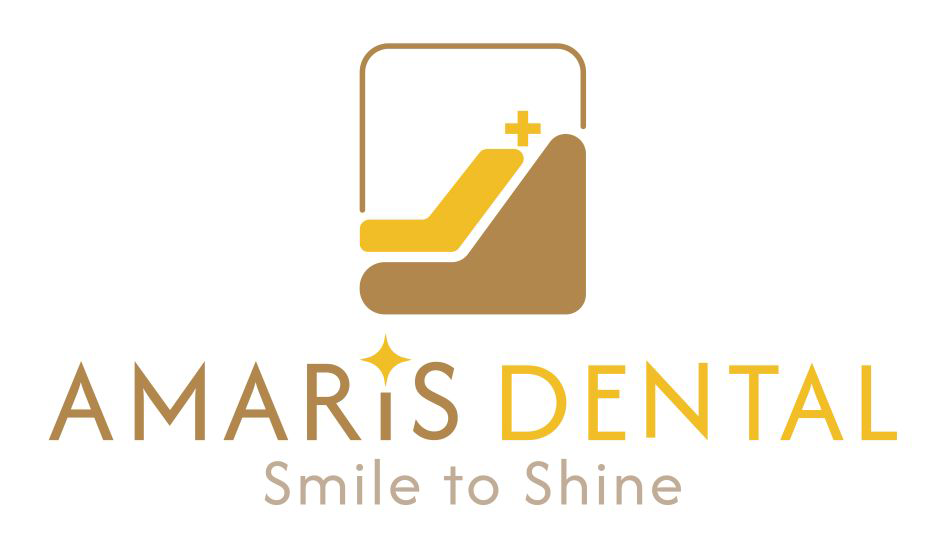Bone Grafting in Dental Implantology
- Role of Jawbone in Supporting Natural Teeth
The jawbone plays a crucial role in the stability and support of natural teeth. Each tooth is anchored into the jawbone through the root, where it maintains firmness and functionality. The bone provides the foundation that ensures teeth can withstand the forces of chewing, biting, and daily function. When teeth are lost, the surrounding jawbone can weaken and lose density, leading to a lack of support for both remaining natural teeth and potential dental implants.
- Reasons for Bone Loss After Tooth Loss
When a tooth is lost, either due to decay, trauma, or disease, the jawbone begins to lose its strength and volume. This happens for several reasons:
- Disuse: The jawbone loses stimulation from the pressure and movement that occurs when the teeth are in place. Without this stimulation, the bone gradually resorbs or shrinks.
- Gum Disease: Gum disease can also lead to bone loss around teeth. Once teeth are removed, the body continues to reabsorb bone in the absence of functional tooth roots.
- Trauma and Extraction: The trauma associated with tooth extraction can sometimes accelerate bone loss around the extraction site.
As bone resorption progresses, it can affect both the aesthetic and functional aspects of the mouth, reducing the available bone for placing implants.
- Why Bone Loss Prevents Implant Placement and Requires Bone Grafting
If there is insufficient bone in the jaw, it becomes impossible to securely place a dental implant. The implant needs a stable, dense foundation to properly integrate into the bone, ensuring its long-term success. Without sufficient bone, the implant cannot fuse effectively with the surrounding tissue, leading to failure.
This is where bone grafting becomes necessary. Bone grafting is a procedure where new bone is added to areas of the jaw where bone loss has occurred. This procedure provides the necessary volume and density to support dental implants and ensures the implants remain secure for the long term.
- The Bone Grafting Process
The process of bone grafting involves several key steps:
- Consultation: The dentist evaluates the jawbone’s condition using X-rays or CT scans to assess the extent of bone loss and determine the best approach.
- Bone Grafting Procedure: The dentist will use bone graft materials to rebuild the missing bone. This can be done using:
- Autograft (bone taken from another part of the patient’s body)
- Allograft (donor bone)
- Xenograft (bone from animals, usually bovine)
- Alloplastic graft (synthetic bone material)
- Healing: After the graft material is placed, the bone must heal. This typically takes 4-6 months, during which the new bone integrates with the existing bone. During this time, the grafted bone provides a stable base for the implant.
- Implant Placement: Once the grafted bone has fully integrated and healed, dental implants are placed.
- Types of Bone Used in Grafting
There are several types of bone that can be used for grafting, each with its own advantages:
- Autograft: This is considered the gold standard, as it uses the patient’s own bone, which minimizes the risk of rejection and promotes faster healing.
- Allograft: Donor bone is used in this procedure, typically from a human cadaver, which provides a strong foundation for the implant without the need to harvest bone from the patient.
- Xenograft: Animal-derived bone (usually bovine) is used to stimulate bone growth in humans. It is generally resorbed by the body over time.
- Alloplastic Grafts: These are synthetic materials designed to mimic natural bone. They are generally used in less invasive cases or when other graft materials are not suitable.
- Healing Time for Bone Grafting
The time it takes for bone grafting to heal can vary based on several factors, including the type of graft used and the area of the jaw being treated. Generally, the bone grafting process requires 4-6 months to integrate fully with the existing bone before implant placement can occur. During this time, the dentist will closely monitor the healing progress to ensure that the bone is ready for implants.
Bone Grafting and Dental Implants at Amaris Dental Clinic
At Amaris Dental Clinic, we are proud to be the first clinic in Da Nang to successfully perform bone grafting procedures in preparation for dental implants. Whether you require Straumann implants, Neodent implants, or other leading implant brands, we ensure that your procedure is tailored to meet your specific needs. If you’re struggling with bone loss, our team of experienced professionals will guide you through the process, from bone grafting to implant placement, to ensure the best possible outcome.
For those seeking implant Da Nang solutions, contact us today at Amaris Dental Clinic to learn more about how dental implants, Straumann dental implants, Neodent implants, and All on 4 can help restore your smile and confidence.

